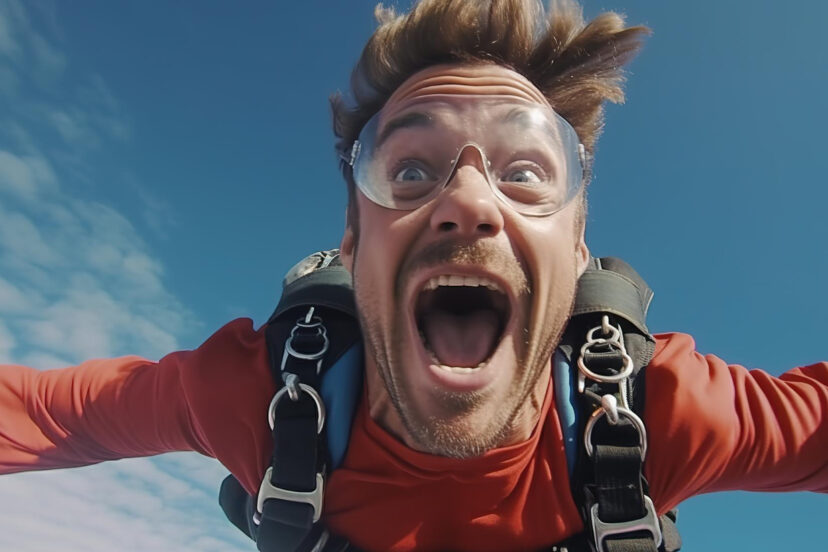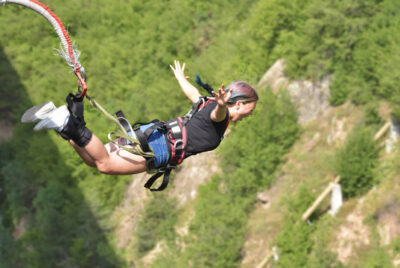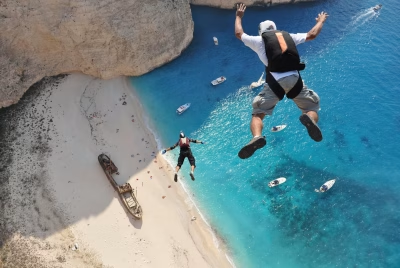Top Skydiving Destinations
Not all skydiving experiences are created equal. The backdrop of your jump can transform an already incredible experience into something truly magical. From alpine wonderlands to tropical paradises, we’re excited to share these top skydiving destinations that combine the ultimate adrenaline rush with scenery so stunning it might just distract you from the fact that you’re falling at 120 miles per hour!
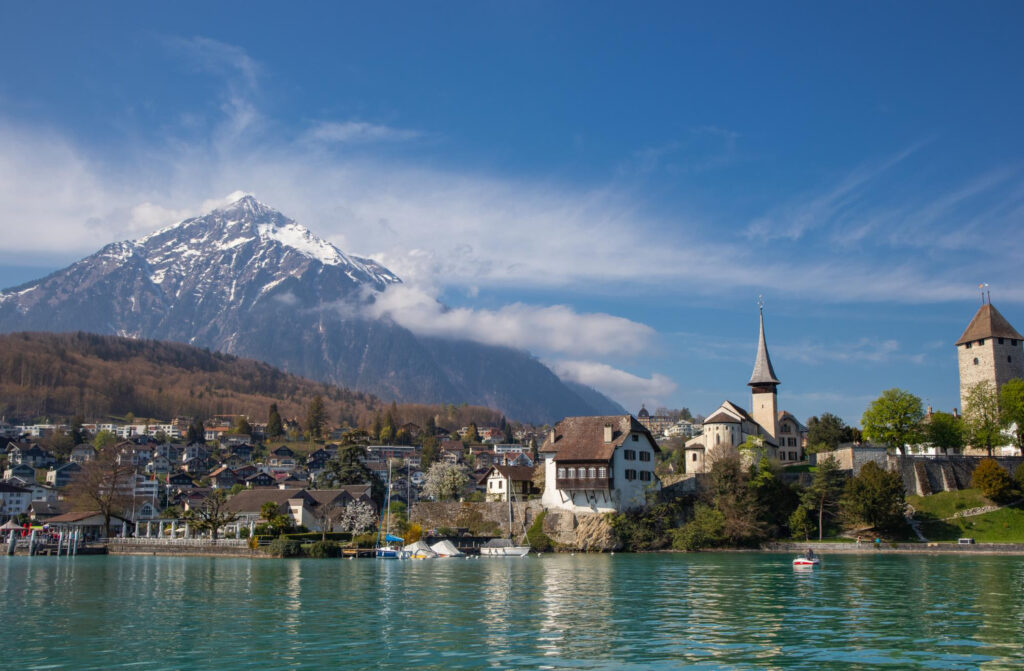
1. Interlaken, Switzerland: Alpine Majesty from Above
The Swiss Alps Panorama Experience
Switzerland’s reputation for breath-taking mountain scenery makes Interlaken a skydiving mecca. As you exit the aircraft at 14,000 feet, the panorama that unfolds is almost overwhelming in its beauty—the jagged peaks of Eiger, Mönch, and Jungfrau form a dramatic backdrop, while Lake Thun and Lake Brienz shimmer like sapphires below.
“The contrast between the snow-capped mountains and the emerald valleys creates a natural canvas that’s unmatched anywhere else in the world,” explains Franz Weber, who has completed over 3,000 jumps at Skydive Interlaken. “When the conditions are perfect and you can see all the way to Italy and Germany, it feels like you’re floating through a living postcard.”
Seasonal Jumping Opportunities
One of Interlaken’s unique features as a Top Skydiving Destination is its seasonal variety. Summer jumps offer vibrant green alpine meadows dotted with wildflowers, while winter dives present a pristine wonderland of snow-covered peaks. Autumn jumpers are treated to a spectacular display of golden larches against the evergreen backdrop.
The local drop zones maintain rigorous Swiss standards of excellence, with multi-lingual instructors and state-of-the-art equipment. Many offer video packages that capture your expressions as you first behold the alpine splendor during freefall—a souvenir worth every franc.
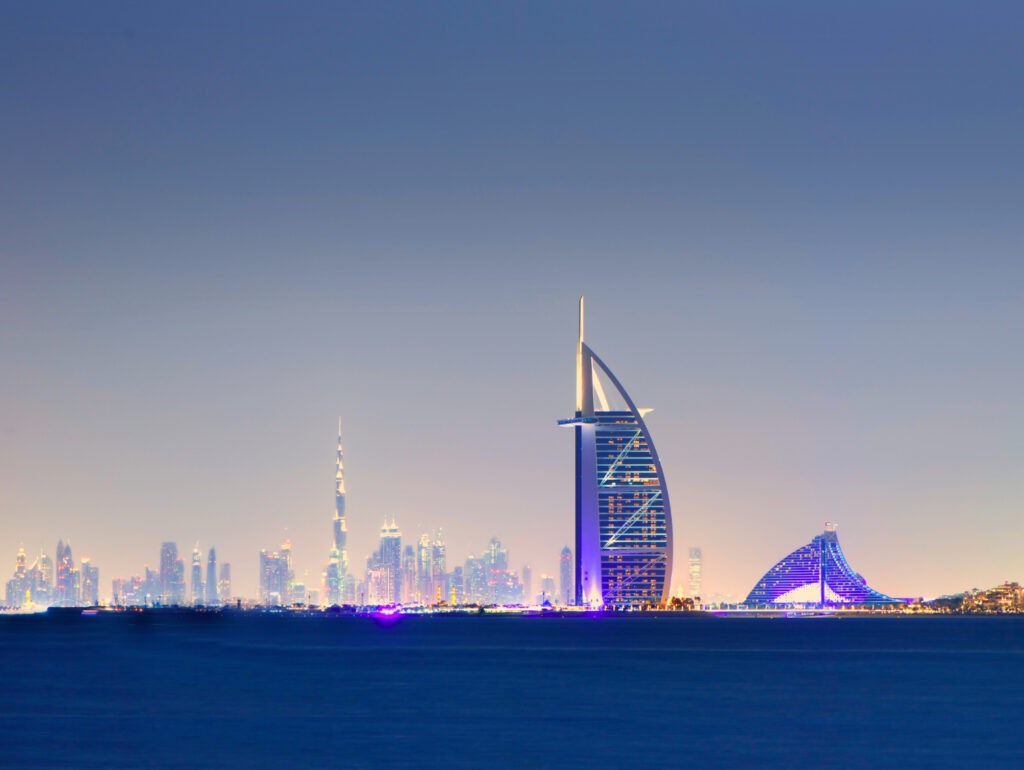
2. Dubai, UAE: Where Futuristic Cityscape Meets Desert Grandeur
The Palm Jumeirah Perspective
Dubai has transformed skydiving into a luxury experience that perfectly aligns with its reputation for opulence. Skydive Dubai offers two distinct but equally impressive jump zones—the Palm Dropzone and the Desert Dropzone—each providing a completely different visual feast.
The Palm Jumeirah jump has become iconic in skydiving circles. As you descend, the artificial palm-shaped island unfolds beneath you in perfect symmetry, surrounded by the azure waters of the Persian Gulf. On one side, the futuristic Dubai skyline reaches toward the heavens, while on the other, the vast Arabian Desert stretches to the horizon.
“There’s something surreal about seeing such an ambitious feat of human engineering from the sky,” says Aisha Rahman, a skydiving photographer based in Dubai. “The Palm jump gives you this incredible juxtaposition of natural and man-made wonders. You can literally see where the desert meets the sea meets the city.”
Year-Round Perfect Conditions
Dubai’s consistently clear skies and minimal rain make it one of the most reliable Top Skydiving Destinations for year-round jumping. The professional facilities at Skydive Dubai set the global standard for luxury skydiving experiences, with air-conditioned waiting areas, high-definition video services, and a restaurant where you can watch other jumpers while you prepare for your own adventure.
The desert dropzone offers a completely different but equally stunning experience, with endless golden sand dunes creating mesmerizing patterns visible from altitude. Many skydivers choose to do both jumps to experience the striking contrast between them.
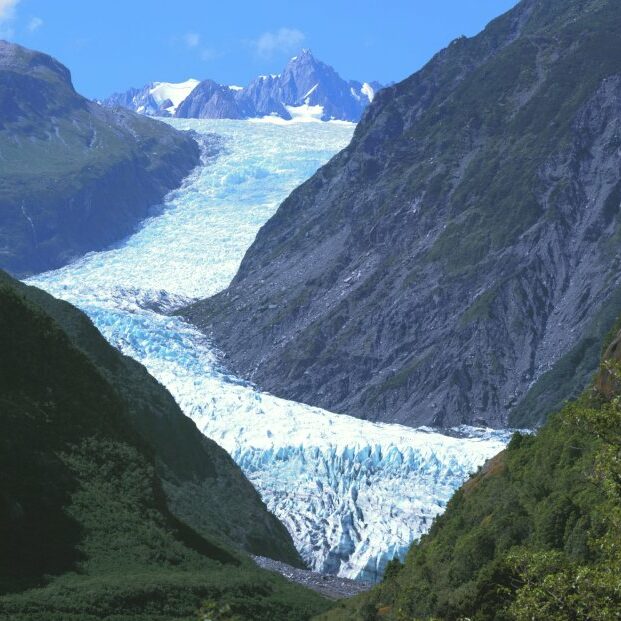
3. Fox Glacier, New Zealand: The Ultimate Natural Diversity Dive
From Glacier to Sea in One Jump
New Zealand has long held a special place in the hearts of adventure seekers, and skydiving over Fox Glacier represents perhaps the most visually diverse experience in the sport. Where else can you witness snowy mountains, ancient glaciers, dense rainforests, and the Tasman Sea all during a single descent?
The jumps here begin at up to 19,000 feet—among the highest commercial tandem jumps available anywhere—providing an extended freefall time of up to 85 seconds. This gives you ample opportunity to absorb the stunning transitions of landscape below.
“What makes Fox Glacier unique is the incredible diversity of terrain,” explains Kip Matthews, a skydiving instructor with over 7,000 jumps in New Zealand. “In one fluid movement, your eyes can travel from Mount Cook and Mount Tasman, across the glacier’s brilliant white surface, through the lush temperate rainforest, and all the way to the wild Tasman coastline. There’s simply nowhere else on earth with that kind of geographical compression.”
Southern Hemisphere Seasonal Advantage
For northern hemisphere skydivers, Fox Glacier offers an excellent opportunity for winter escapes. When Europe and North America are bundled up against winter chills, New Zealand enjoys summer conditions ideal for jumping. The drop zone operates year-round, though the glacier itself is most spectacular during the southern hemisphere’s winter (June-August) when the ice field is at its most expansive.
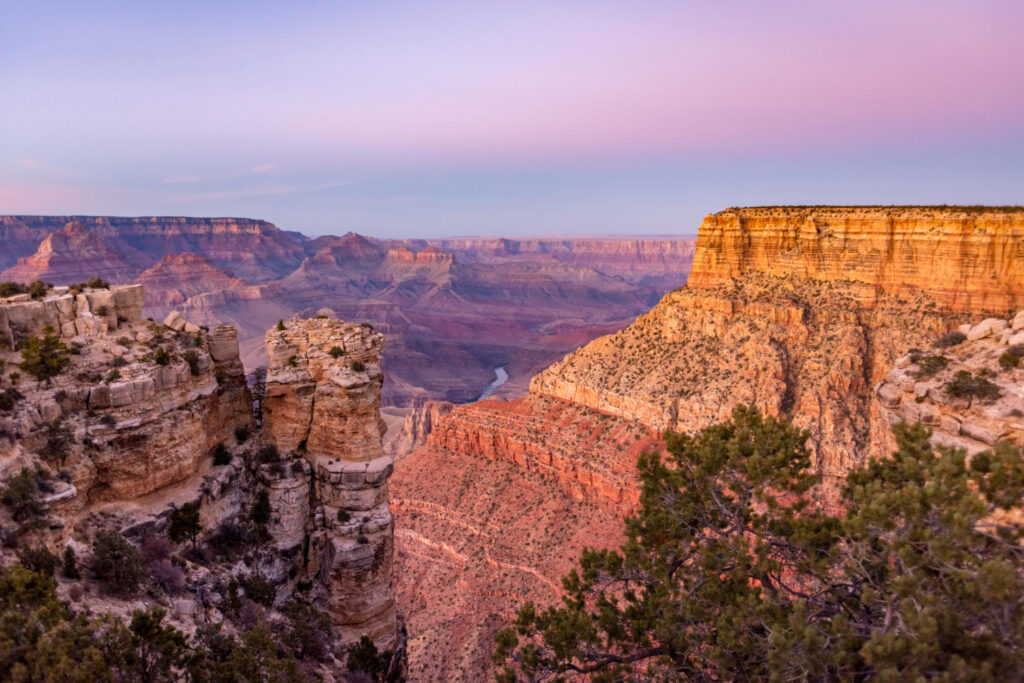
4. Grand Canyon, Arizona: Diving into American Grandeur
Nature’s Greatest Sculpture from Above
The Grand Canyon needs no introduction as one of nature’s most awe-inspiring creations, but witnessing its vast expanse during a skydive takes the experience to an entirely different level. Jumping near the Grand Canyon offers a perspective that even helicopter tours can’t match—the freedom to float above this massive geological wonder, taking in its full scale and grandeur.
“The colors are what get me every time,” shares Rachel Thompson, who coordinates specialty jumps near the Grand Canyon. “From altitude, you can see all these different layers of red, orange, and purple stone that tell the Earth’s history going back millions of years. And the way shadows play across the canyon throughout the day means no two jumps ever look the same.”
Southwest Weather Advantage
The Arizona drop zones benefit from exceptional weather conditions, with over 300 jumpable days per year. The desert climate creates excellent visibility, allowing skydivers to see for hundreds of miles on clear days. Early morning jumps are particularly sought after, as the rising sun casts long shadows across the canyon, highlighting its incredible depth and texture.
Most operations here offer jumps from 15,000 to 18,000 feet, providing extended freefall time to fully appreciate the scenery. Advanced skydivers can also arrange specialty jumps that maximize views of specific canyon features.
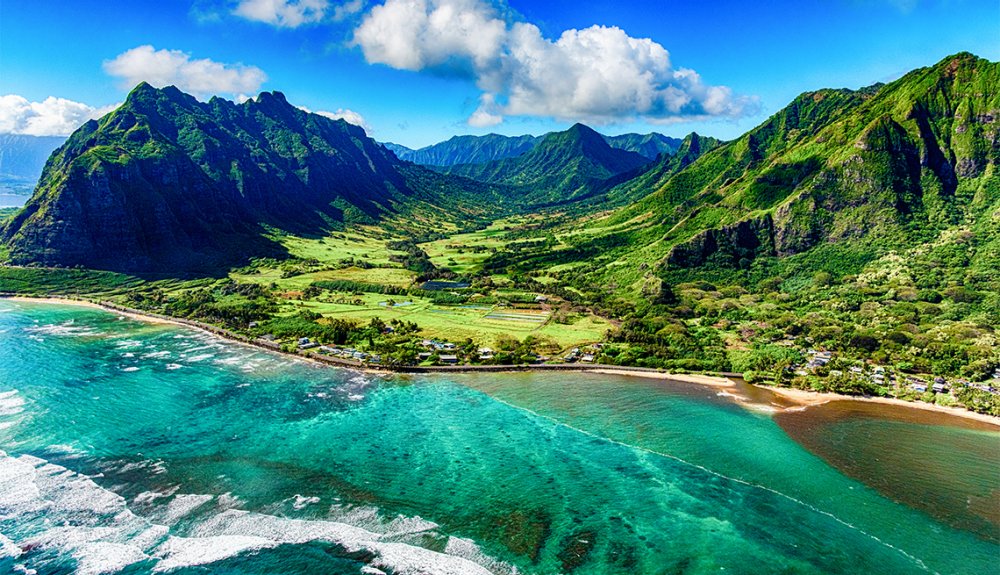
5. Oahu, Hawaii: Tropical Paradise Freefall
North Shore Splendor
Hawaii’s natural beauty makes it an obvious contender among Top Skydiving Destinations, and Oahu’s North Shore drop zone delivers an unparalleled tropical skydiving experience. As you descend toward the earth, the full splendor of the Hawaiian archipelago reveals itself—lush mountains covered in emerald vegetation, brilliant white beaches curving along the coastline, and the deep blue Pacific stretching to the horizon.
“What’s special about skydiving in Hawaii is the color saturation,” explains Kai Amada, who has been jumping on Oahu for fifteen years. “The water isn’t just blue—it’s fifty different shades of blue. You can see coral reefs beneath the surface, occasional pod of dolphins, and on very clear days, you might even spot whales during their migration season.”
Cultural Experience Beyond the Jump
What sets the Hawaiian skydiving experience apart is how it integrates with local culture. Many drop zones offer packages that combine skydiving with traditional Hawaiian experiences like luaus or outrigger canoe paddling. Some even arrange jumps to coincide with significant Hawaiian celestial or seasonal events, adding cultural depth to the adventure.
The North Shore location also puts skydivers in proximity to some of the world’s most famous surfing beaches, making it possible to experience two iconic adrenaline activities in a single day—morning skydive followed by afternoon surf session.
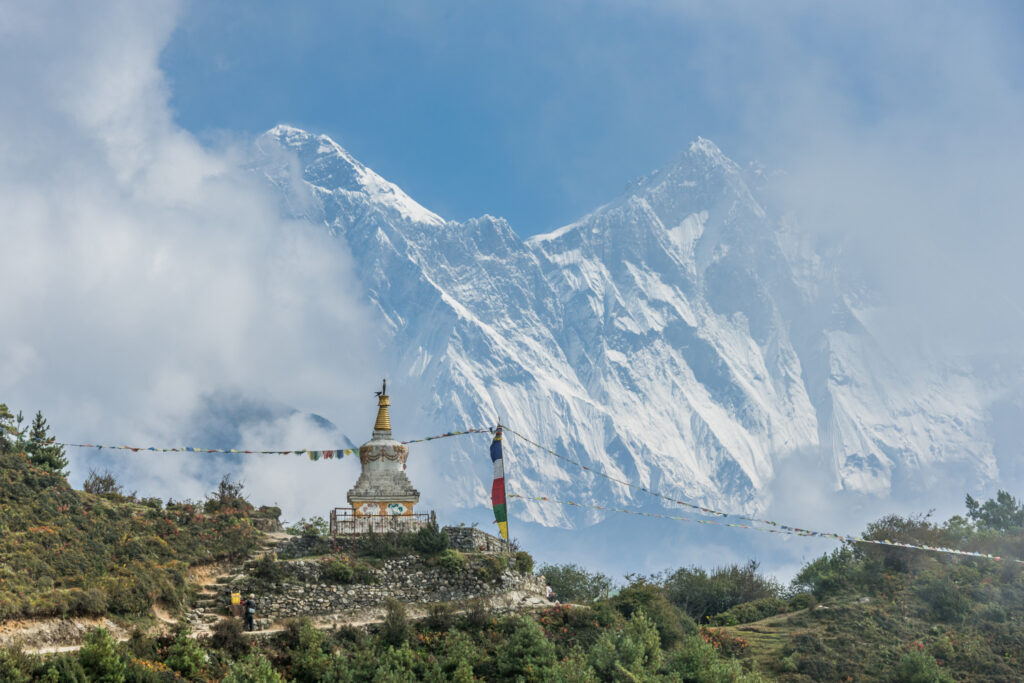
6. Mount Everest Region, Nepal: The Ultimate Extreme Skydiving Challenge
The Highest Skydiving Experience on Earth
For those seeking the absolute pinnacle of skydiving adventures, nothing compares to jumping in the Everest region. This is not mainstream skydiving—it’s an expedition-level experience requiring significant preparation, acclimatization, and investment. But for those who qualify, it represents the most elite drop zone on the planet.
Jumps typically occur from helicopters at around 23,000 feet (normal oxygen required) with landing zones in the Syangboche area at approximately 12,350 feet. The experience offers unobstructed views of Mount Everest, Lhotse, Nuptse, and other Himalayan giants.
“It’s not just another skydive,” says Elena Mikhailova, one of the few skydivers who has completed the Everest jump. “The air at that altitude feels different—thinner, crisper. And the mountains… they’re not just scenery; they’re presences. You feel incredibly small yet somehow connected to something ancient and powerful.”
A True Expedition Experience
The exclusive nature of the Everest skydiving experience means it only operates during brief windows in spring and autumn when weather conditions permit. Jumpers typically spend several days acclimatizing to the altitude before attempting their dive, making this more of an expedition than a casual skydiving outing.
While the cost is substantial—typically starting around $25,000—those who have completed it describe it as worth every penny for serious skydivers seeking the ultimate bucket-list experience.
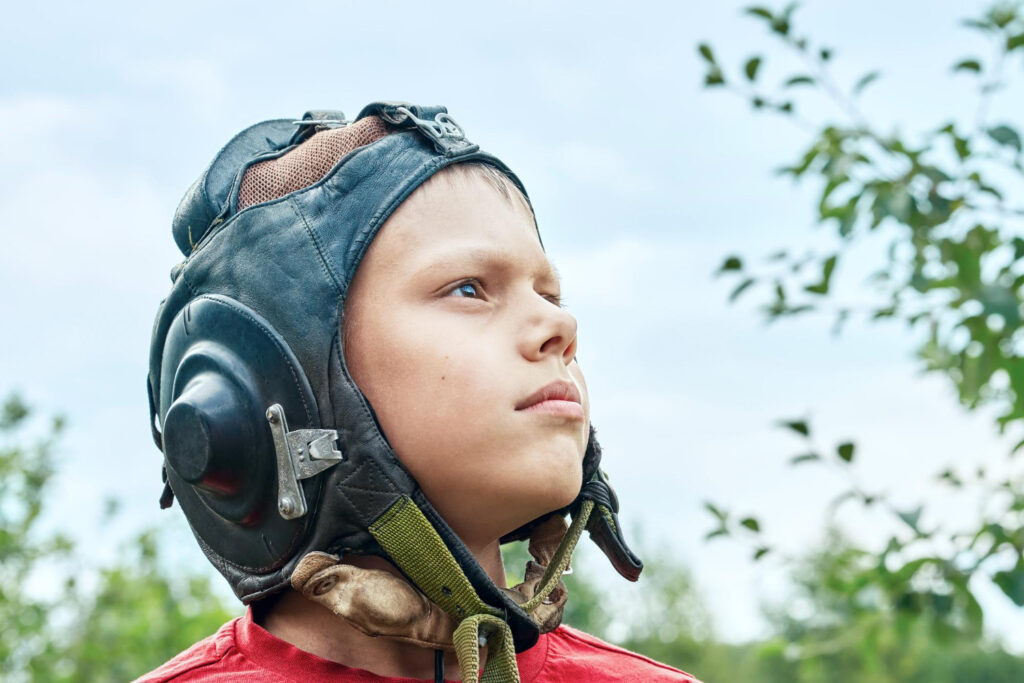
Preparing for Your First Jump at a World-Class Destination
Training and Certification Considerations
If you’re new to skydiving, you’ll likely begin with a tandem jump harnessed to an experienced instructor. Most premier destinations offer comprehensive tandem experiences, but if you’re aiming to jump solo eventually, consider beginning your training before your trip.
The Accelerated Freefall (AFF) program is the most common path to skydiving certification and is recognized at drop zones worldwide. Starting this process at your local drop zone can give you valuable experience before heading to a bucket-list destination.
Physical and Mental Preparation
While skydiving doesn’t require exceptional fitness, being in decent physical condition enhances the experience. Light stretching before your jump helps prevent muscle tension, and maintaining good cardiovascular health makes it easier to handle the adrenaline surge.
Mentally, approach your first jump with an open mind. Nervousness is normal and part of the experience. Many first-time jumpers report that the anticipation is far more stressful than the actual jump. Trust the process and remember that millions have safely enjoyed this experience before you.
Capturing the Moment
Most Top Skydiving Destinations offer professional video and photography services. While it may seem like an unnecessary add-on, most skydivers consider this documentation well worth the investment. Your first viewing of Earth from 13,000 feet is a once-in-a-lifetime moment that deserves to be preserved.
“I’ve never met anyone who regretted getting the video package,” says professional skydiving videographer Marco Sanchez. “But I’ve met plenty who regretted not getting it. When you’re experiencing that much sensory input, having the jump recorded lets you notice details you missed in the moment.”
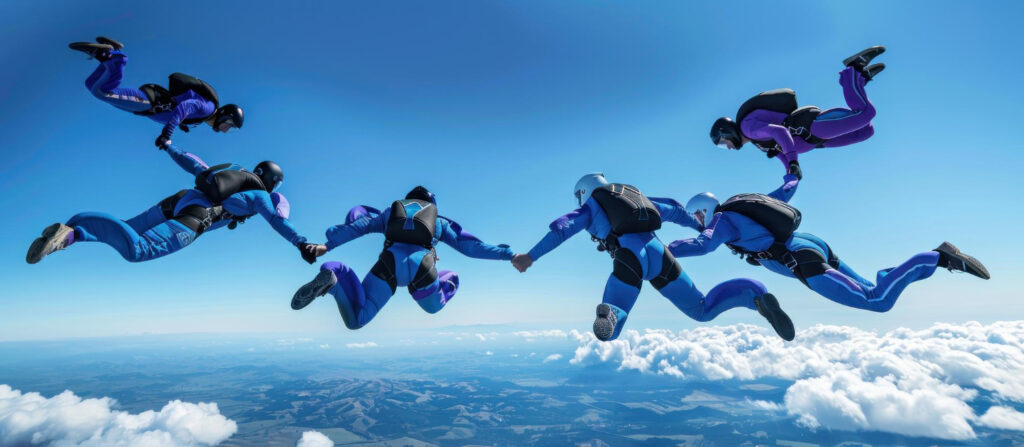
Beyond the Bucket List: Building a Skydiving Journey
For many, what begins as a bucket-list adventure evolves into a passionate pursuit. Each Top Skydiving Destination offers something unique, and experiencing multiple locations allows you to compare the different sensations and scenery that each provides.
Consider creating a personal skydiving passport, collecting stamps from premier drop zones around the world. Many experienced skydivers plan their vacations around jumping opportunities, gradually building a collection of experiences that span continents and landscapes.
“After my seventh jump in as many countries, I realized I wasn’t just skydiving anymore—I was using skydiving as a lens to experience the world in a completely unique way,” explains James Wilson, who has logged jumps on six continents. “It’s become my favorite way to truly see a place, to understand its geography and beauty in a way that nothing else allows.”
The Future of Destination Skydiving
The popularity of skydiving tourism continues to grow, with new premier destinations emerging each year. Technological advances are making the sport safer and more accessible, while specialized jumps—such as wing suit proximity flying, HALO military-style jumps, and even potential near-space dives from the stratosphere—push the boundaries of what’s possible.
Climate change presents both challenges and opportunities for Top Skydiving Destinations. While some locations face more unpredictable weather patterns, others are seeing extended jumping seasons. The skydiving industry increasingly embraces sustainability initiatives, with many premier drop zones investing in carbon offset programs and more fuel-efficient aircraft.
The Sky’s Not the Limit—It’s the Beginning
Whether you’re contemplating your first jump or planning your fiftieth, the world’s Top Skydiving Destinations offer experiences that transcend ordinary adventure tourism. They combine the primal thrill of freefall with visual splendor that can only be fully appreciated from above.
From the technical excellence of Dubai’s luxury facilities to the raw natural majesty of New Zealand’s glacial landscape, each destination brings something unique to your skydiving journey. These aren’t just places to fall through the air—they’re locations that change how you see the world, offering perspectives available only to those brave enough to step out of a perfectly good airplane.
The question isn’t whether you should try skydiving, but rather: which of these magnificent destinations will host your next great adventure in the sky?
FAQs About Top Skydiving Destinations
What certification do I need to skydive internationally?
For tandem jumps, no certification is required—just proper ID and sometimes a medical self-declaration. For solo jumps, an A-license from the USPA (or equivalent from your country) is typically recognized worldwide.
Which destination is best for first-time skydivers?
Oahu and Interlaken are both excellent for beginners, offering reliable weather, experienced instructors fluent in multiple languages, and views that enhance the already incredible first-time experience.
How much should I budget for a skydiving vacation?
Budget around $400-600 per jump at premium destinations (including video), plus travel and accommodation. Specialty jumps like Everest require significantly more investment.
What’s the best age to start skydiving?
Most drop zones allow tandem jumping from age 18 (some from 16 with parental consent). There’s no upper age limit as long as you’re in good health—skydivers in their 80s and even 90s have completed jumps at top destinations.
How do I choose between all these amazing destinations?
Consider starting with the landscape that most captivates you—mountain lover? Try Interlaken. Tropical paradise fan? Head to Hawaii. Each destination offers a completely different visual experience, so many skydivers eventually try several.

